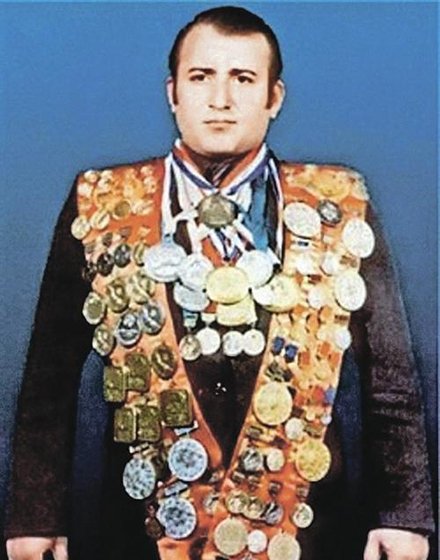- Good Stuff -
- 6mins -
- 4,520 views
The story of the champion swimmer who saved 20 people from a sinking bus
When a trolleybus plunged into a lake in Armenia in 1976, champion swimmer Shavarsh Karapetyan (23) dived into the frigid water repeatedly for more than 20 minutes, pulling survivors out from the submerged wreck.
Armenian aquaman Shavarsh Karapetyan saves dozens from sinking bus
In 1976, 23-year-old Shavarsh Vladimiri Karapetyan, an Armenian Olympic swimmer, had just completed a 12-mile run with his brother when they saw a trolley bus crash into a dam reservoir. The trolley bus sank 80 feet (24m) offshore at a depth of 33 feet (10m). Shavarsh immediately dived in and swam to the bus and despite zero visibility, managed to kick in the back window, injuring himself in the process, then proceeded to save twenty people trapped in the submerged bus, one at a time.
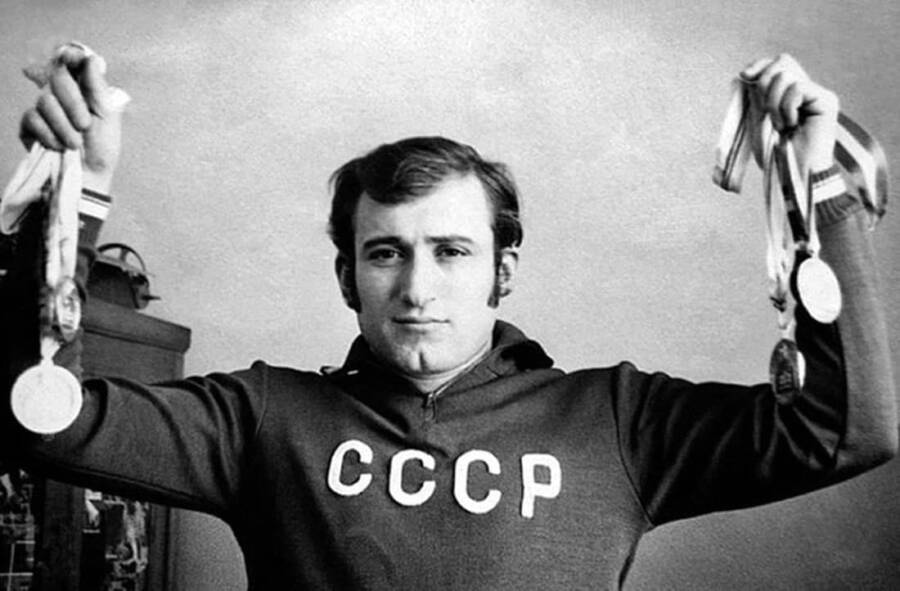
From world champion finswimmer to ‘Superman’
On a sunny autumn day in Moscow in 2013, a former Soviet athlete made the news for the wrong reasons. Shavarsh Karapetyan ran with a flameless Olympic torch through the Kremlin for a few seconds, before an official lit it with a cigarette lighter.
While the incident caused momentary international embarrassment for Russia, which wanted to showcase its resurgence for the Sochi 2014 Olympics, the Russian public was reminded of the almost-forgotten heroics of Karapetyan from the 1970s and 1980s.
Born in the then Soviet republic of Armenia in 1953, Karapetyan would take up competitive swimming in school and become a major prospect in the republic.
Internal politics, however, would come in the way of a promising career as a swimmer. He eventually turned to finswimming and started to gain worldwide attention in this non-Olympic sport. His first major breakthrough came in the 1972 European championships in Moscow, where Karapetyan won two gold medals.
By the age of 23, Karapetyan had become a 17-time world champion, 13-time European champion and a 10-time world record-breaker.
Source: RussiaBeyond

Heroics in Yerevan Lake
On 16 September, 1976, Shavarsh and his brother Kamo, who was also a finswimmer, and their coach Liparit Almasakyan went for a jog on what seemed to be an uneventful morning in Yerevan. At the same time the trio was passing the Yerevan Lake, trolleybus number 15 began to swerve out of control. Within seconds it ran off the road and on to the sandy bank of the artificial reservoir and then plunged into the cold water.
The trolleybus had 92 people on board, including one passenger who had tried to force the driver to make an unscheduled stop, resulting in a melee that caused the accident. The bus had sunk to a depth of 10 metres (33ft) and those inside were trying in vain to break the glass windows and escape.
At that moment, Shavarsh decided to jump in and pull out people, while asking his brother and coach to take the rescued passengers to the shore. The finswimmer dived in and broke open a glass window by kicking it. Despite his profusely bleeding legs and the cold water, he pulled people out and took them to his brother and coach, and repeated this routine 30 times.
“The most difficult thing was to knock out the rear window of the trolleybus,” Karapetyan told the Komsomolskaya Pravda newspaper in 1982. He managed to get a grip near the roof of the bus and then kicked the glass. “The pain was unbearable. Of course, I was hurt by the glass, but then I did not think about it – I understood that there was little time.”
He managed to pull out 46 people, but only 20 people survived. Rescuers who arrived at the scene, told an exhausted Karapetyan to stop pulling out people, since there was no chance of any remaining passengers being alive. At that point, the finswimmer was beginning to lose consciousness himself.
“Losing consciousness when there wasn’t enough oxygen, I pulled out a cushion from the bus. I was in a borderline conscious state and did not think it was not a human being that I pulled out,” he said, adding that he regretted not being able to save one more life.
Source: RussiaBeyond
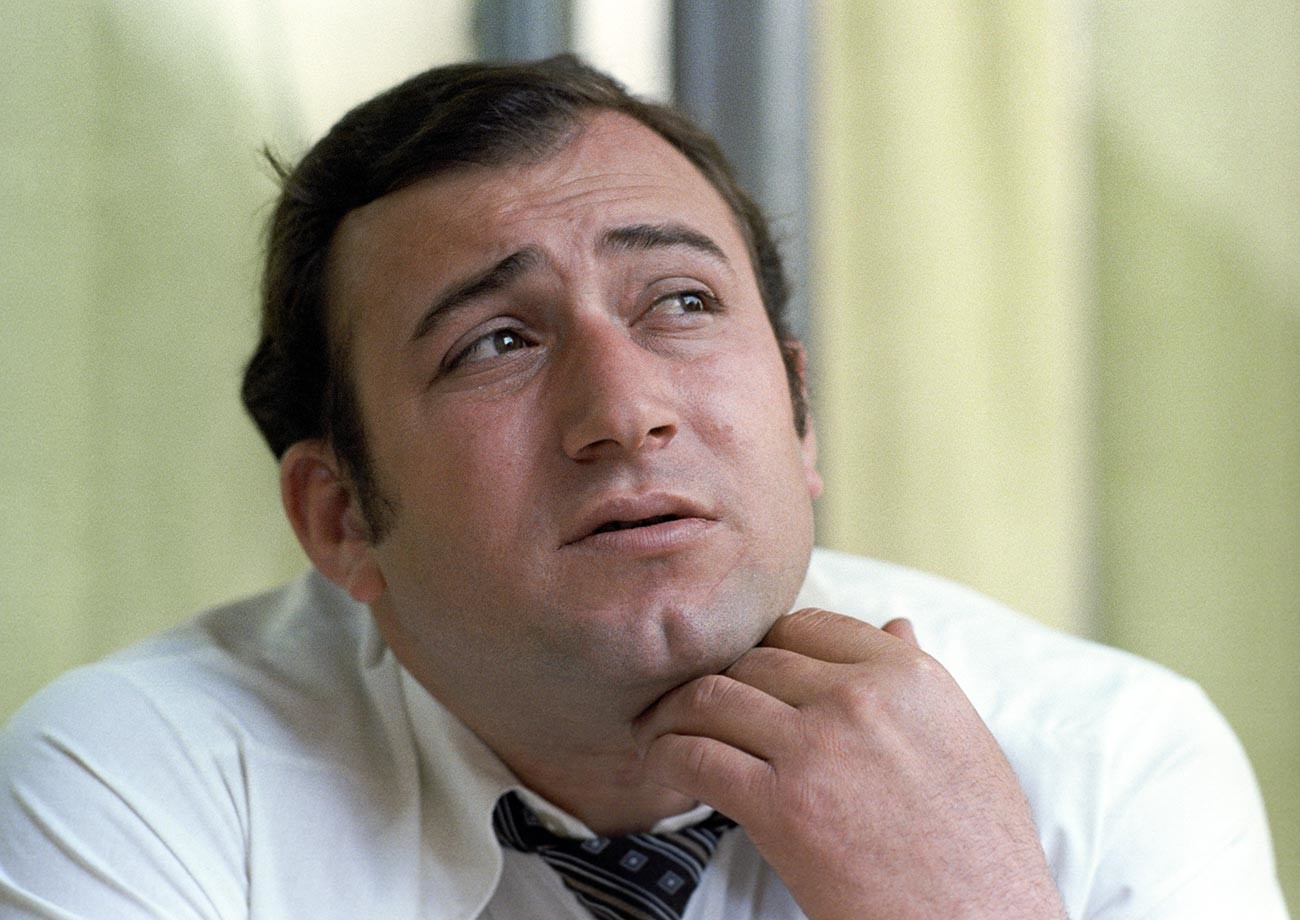
Heroic deed ends swimming career
As a result of this daring rescue, his career as a finswimmer was over. He was rushed to the intensive care unit, and remained in hospital for 45 days. The athlete had lost a lot of blood and the combination of cold water and multiple lacerations from glass shards led to pneumonia and blood poisoning. He remained in critical care for several days with his life in serious danger.
For his heroics, the Soviet government awarded him the Order of the Badge of Honour, but not the more prestigious Hero of the Soviet Union. It is believed that the authorities wanted to downplay Karapetyan’s heroics.
“Immediately after the accident, some people wanted to publish an article in a newspaper, but this was not allowed,” Karapetyan remarked in a more recent interview. “In the USSR, trolleybuses were not supposed to fall into the water!”
The former finswimmer finally became a household name when the story of his heroic rescue efforts was published in the Komsomolskaya Pravda in 1982, six years after the incident. Until then, the Soviet public was oblivious to the name of the Yerevan hero.
Source: RussiaBeyond
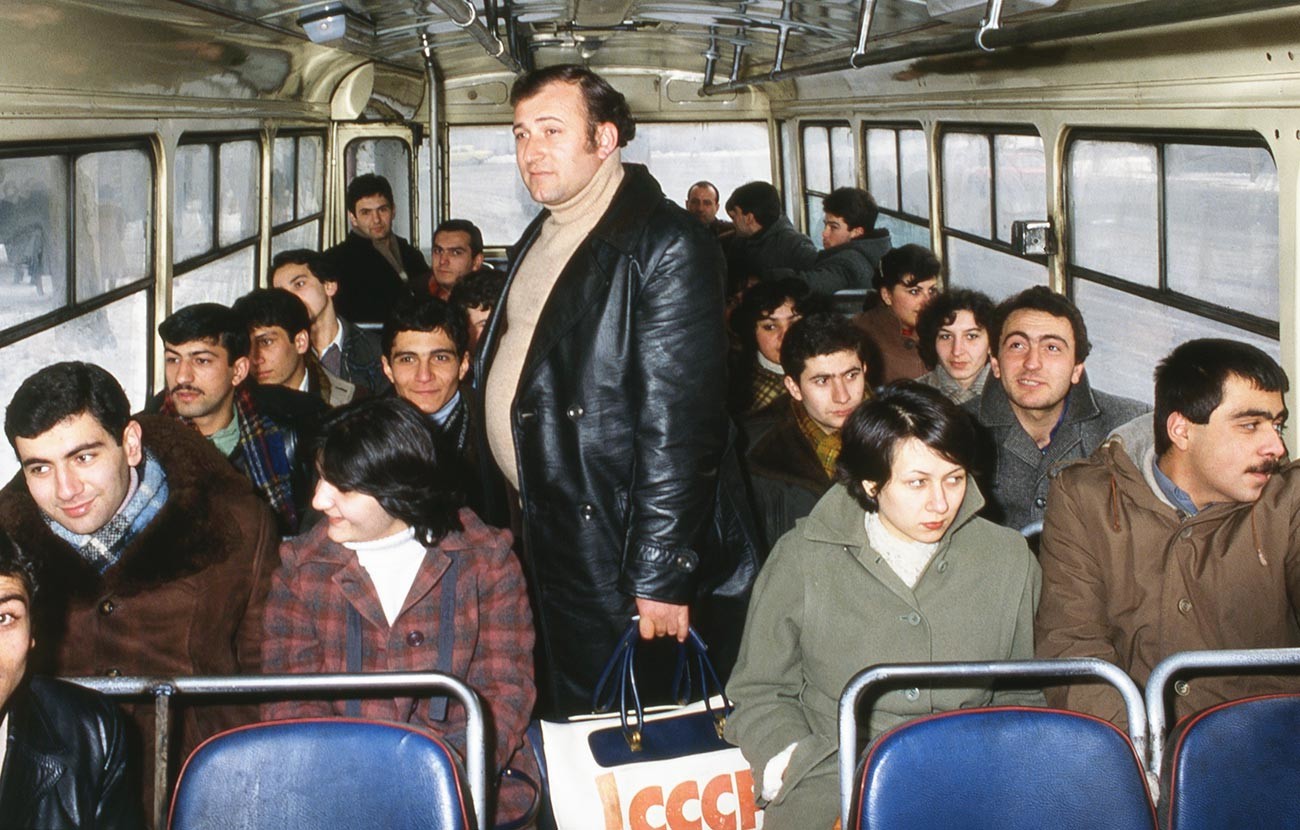
Rescue at the Sports and Concert Complex
The accident at Yerevan Lake was not the first time that Karapetyan saved lives. Two years earlier, he was traveling by bus from a sports facility to the center of Yerevan. At one point, the driver stopped the bus and went to check if the engine was working properly, but forgot to apply the handbrake.
The bus started moving in reverse towards a deep mountain gorge. The finswimmer, relying on his quick instincts, ran towards the driver’s cabin and managed to steady the bus before applying the brakes! The incident grabbed little attention, since no one was injured.
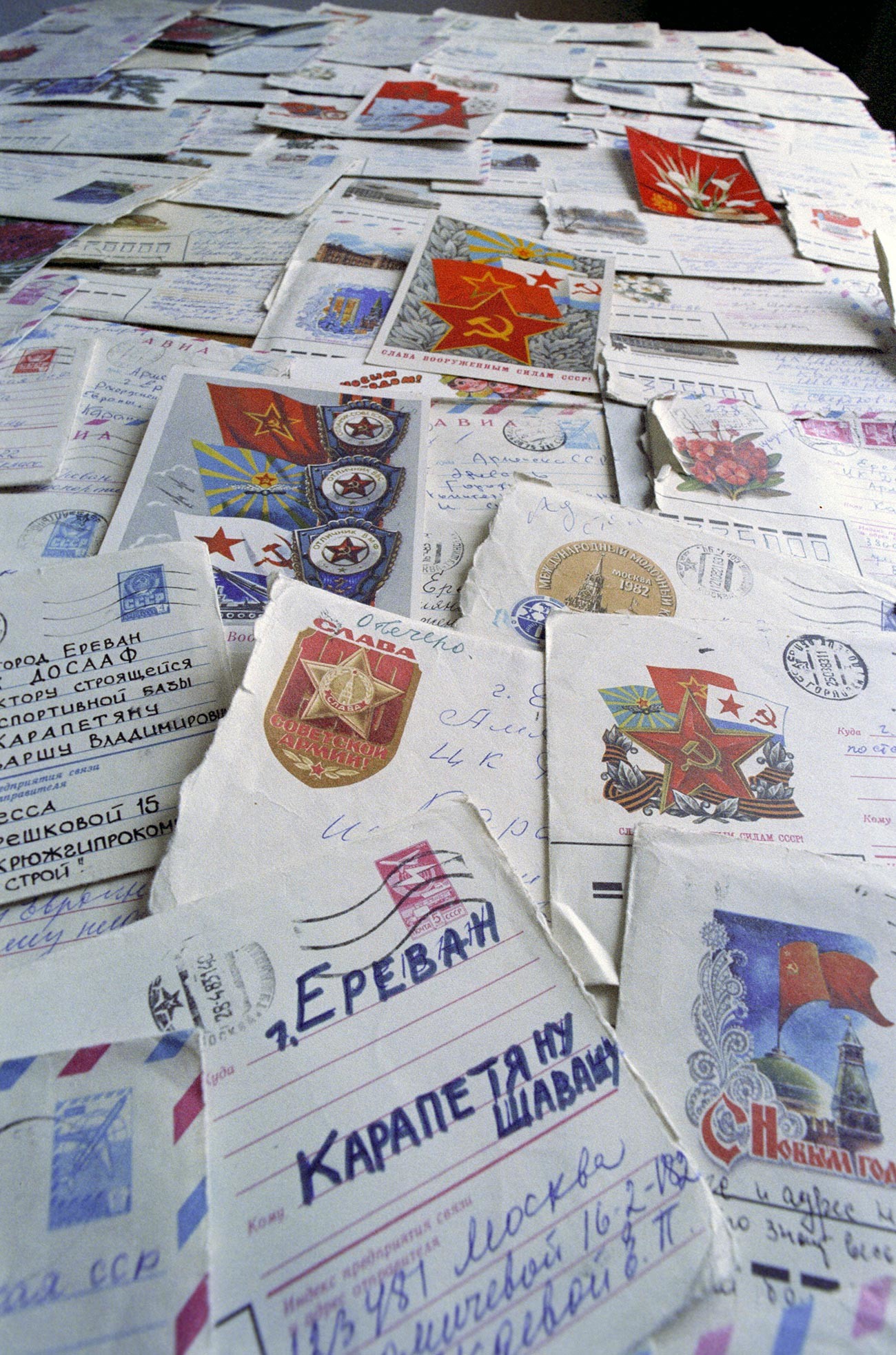
The Yerevan Lake in 1976 incident was also not Karapetyan’s last heroic act
Nine years after he had saved people from the lake, the former finswimmer again put on his invisible cape in Yerevan. This time, it was the city’s famous Sports and Concert Complex which had caught fire.
Karapetyan happened to be there at the moment of the fire breaking out and he rushed in to help extinguish the flames and bring people to safety. He ended up with major burns and was in the hospital for over a fortnight.
Over time, recognition for the Armenian’s heroics came from both the Soviet Union and abroad. In 1986, the Minor Planet Committee approved the naming of an asteroid in his honor: The ‘3027 Shavarsh’ had been discovered in 1978 by astronomers at the Crimean Astrophysical Observatory. Other global recognitions for Karapetyan include a World Fair Play Prize and the Aurora Prize for Awakening Humanity.
After the collapse of the Soviet Union, Karapetyan moved to Moscow and started a shoe company. His heroics were largely forgotten until the Olympic torch relay in 2013. After the embarrassing incident in Moscow, he was asked to carry the torch again the next day. He then famously remarked to the Russian press that he was carrying the torch for both Russia and Armenia.
Source: RussiaBeyond
